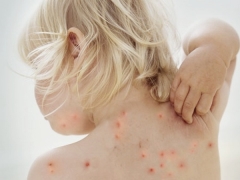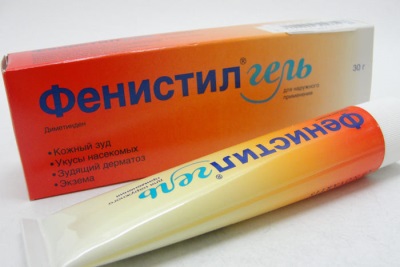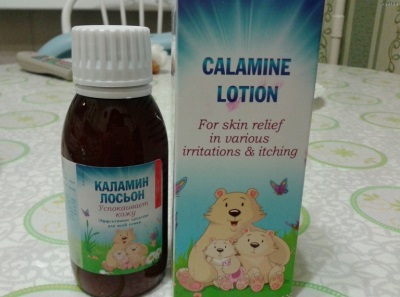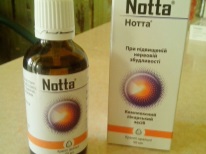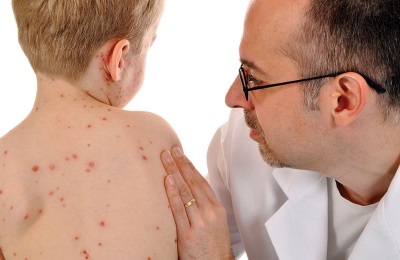What and how can you relieve the itch of chickenpox?
When chickenpox in a child on the first or second day of the disease, rashes appear on the skin, which itch quite strongly and cause great discomfort for the baby. It is impossible to comb such a rash in order not to infect the vesicles and not to provoke the formation of scars. That is why all parents, faced with chickenpox in their child, should direct their efforts to alleviate the condition of the crumbs. And for this you need to know how to get rid of the itch of chickenpox and what means against the itch can be used in children.
How much does itch
It is difficult to answer exactly how long the itch during chickenpox lasts, since the course of the disease will be different for each child. Someone bubbles appear only on the first day of infection, and new rashes no longer appear, so after 3 days the itching disappears, and someone suffers from a large number of rashes that appear within a week. It turns out that the duration of itching on average is 3-7 days. Itching usually diminishes or disappears completely from the moment when all vesicles become crusted.
Care Tips
Before finding out what to give a child with chicken pox against itching and how to reduce discomfort with ointments, gels, lotions and other medicines, parents should take into account measures that help prevent the strengthening of itching and combing of the bubbles:
- The temperature and humidity of the air in the room where the sick child is located should be comfortable. If the room is very hot, it will cause excessive sweating and only increase the itching of the skin.
- Clothing on the child and bedding should be made of natural materials (cotton). They need to be replaced daily with clean bedding and underwear.
- Fingernails should be trimmed as short as possible so that the child does not injure the vesicles and does not increase the inflammatory process in the skin.
- To get the toxins out of the children's body faster, babies with chickenpox should be given more warm drink. Especially helpful are drinks rich in vitamin C.
- To reduce the itch of the child advise bathe 4-6 times a day for 1-3 minutes. At the same time, the water in the bath should be warm (not higher than + 38 ° C), and the use of a washcloth or detergent is prohibited. It is also not recommended to wipe the skin with a rash after a bath with a towel. It is better to wrap the baby in the fabric so that the water from the surface of the body is absorbed into it. Bathing is recommended to be avoided only in the acute period, when the child has a high body temperature.
How to relieve itching with local means
For the treatment of rash in chickenpox in children use:
- Acyclovir. Such an antiviral drug in the form of an ointment or cream is prescribed for a severe form of the disease. The drug affects the causative agent of chickenpox, inhibiting its reproduction.
- Fenistil. This tool in the form of a gel has a good antipruritic and local anesthetic effect. But, since the drug belongs to the group of antihistamine drugs, it is not recommended to apply it over a large area of skin.
- Viferon. Such medicine, produced in the form of a gel or ointment, affects viruses due to the presence of interferon in its composition.The drug reduces itching and swelling, helping the skin to heal.
- Calamine. This lotion is made from the natural substance calamine, which has the properties to dry the skin, reduce itching and prevent the penetration of bacteria into wounds.
- Poxcline. This remedy, which is an aloe vera-based hydrogel, soothes the skin and helps reduce itching, as well as promotes healing of the skin, so that the child will not have scars after recovery.
- Tsindol. This zinc oxide slurry is often used for drying windmill bubbles, reducing their itching and inflammation.
- 5% soda solution. After mixing the baking soda with warm water, the product is applied to the affected skin, causing the rash to dry and itch less.
How to calm the baby
Persistent itching of the wind bubbles has a strong effect on the general condition and mood of the sick baby. Because of the discomfort, the crumb is naughty, often crying, does not sleep well.
For this reason, many children with chickenpox are prescribed sedatives, for example:
- Nervohel.
- Nott.
- Valerianachel.
- Granules Shalun.
- Peony tincture
- Broth mint or chamomile.
- Valerian tincture.
- Edas.
- Tincture motherwort.
- Phenibut.
Before you give your child with chicken pox any of these drugs, you should discuss this with a pediatrician so as not to lose sight of the possible contraindications. In addition, you must begin to give any sedative medicine with a small dose, watching the child take the drug.
What to do when severe itching
If the itch bothers the child with chickenpox very much, questions about how to help and how to alleviate the child’s condition come to the parents in the first place. In case of very severe itching, you should contact your pediatrician and consult about taking antihistamine medicines. Baby can assign Loratadine, Zyrtec, Claritin, Suprastin, Fenistil and other drugs of this group, having chosen a tool taking into account the individual characteristics of a sick child. Such drugs help to cope with itchy skin, and some of them additionally have a sedative effect.
You can learn more about chickenpox from Dr. Komarovsky’s program.
